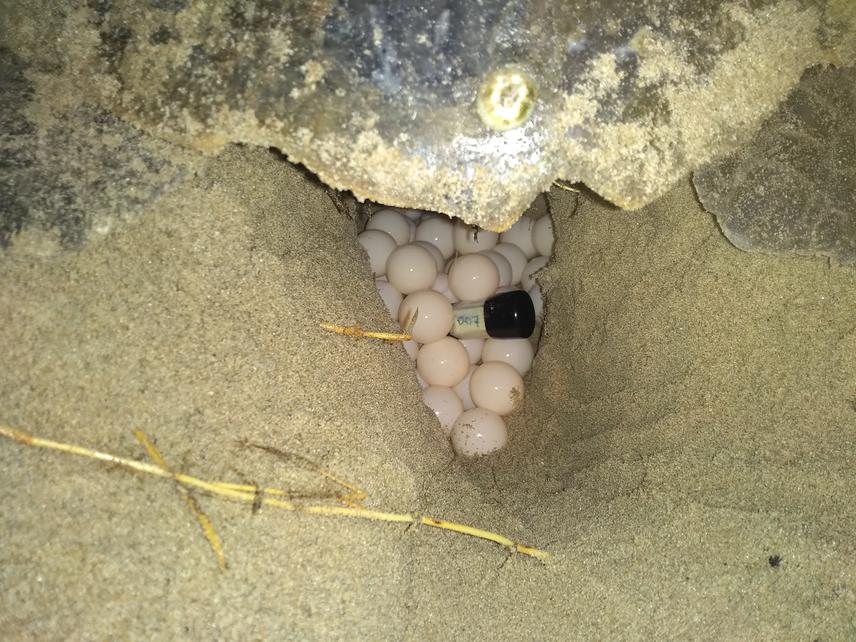Josephine Owusuwaa Nyarko
There is growing evidence that climate change and increased air temperatures are causing sand temperatures on many sea turtle nesting beaches to increase significantly. Research in other locations has shown that temperatures inside sea turtle nests are actually reaching higher than the thermal maximum at which embryos can survive. This study is focused on documenting nest temperatures at The Muni Pomadze Ramsar Site, to see if the temperatures are near lethal values and their subsequent effect on hatchlings. The length of the incubation period and hatching success of the nests will be determined per the recorded temperatures. Estimates of the sex ratios of hatchlings will also be made. Hatchlings will be critically examined to check for any anomalies in their morphology. Finally, this project also seeks to augment current education efforts and improve the knowledge of fishermen and community members on the importance of sea turtles to fisheries and ecotourism to motivate these stakeholders for improved fishery and economic benefit.

Data logger installed in nest
This project will be conducted at the Muni Pomadze Ramsar Site, located within the Central region of Ghana. Recent increases in global temperatures have affected the phenology and survival of many species of plants and animals. There is growing evidence that climate change and increased air temperatures are causing sand temperatures on many sea turtle nesting beaches to increase significantly. Given the conservation concern of the species, it is important to study nest temperatures to ascertain how close they are to the thermal maximum temperature of sea turtle eggs. Therefore, the main objective is this project is to determine the sea turtle nest temperatures at the Muni-Pomadze Ramsar Site in the Central Region of Ghana, including length of incubation period per temperature, the hatching success of the nests, estimate sex ratios of hatchlings per the recorded temperatures and the effect of incubation temperatures on morphology of hatchlings whiles educating an equipping fishermen and community members with the necessary knowledge to help conserve this resource. The project will last for 12 months. During each of these months, there will be some amount of fieldwork. Fieldwork will, however, be intense during the months of September to February which constitutes the major turtle nesting season in the area when temperature loggers will be placed in the nest of turtles to collect data. Conservation education will be carried out for 12 months. Patrolling of the nesting beach will be done for 6 months. Nest temperature data, hatching success/mortalities and data on hatchling morphology will be collected within six months.
The species involved are the Green turtle (Chelonia mydas), Olive ridley sea turtle, (Lepidochelys olivacea) and Leatherback sea turtle (Dermochelys coriacea). However, much focus would be placed on the Olive ridley sea turtle as it is the most abundant species that nests on this site. Embryos and pre-emergent hatchlings may die as a result of high nest temperatures in rookeries where sand temperatures are as high. If high mortality occurs as a result of high nest temperatures, especially for a species whose number of nesting females is constantly decreasing, protective measures may be needed. Such measures may include cooling of the nests that are about to hatch, for example by partial shading or sprinkling with water, to protect pre-emergent hatchlings from the heat. The results of the proposed study will provide important information for the management and conservation of sea turtles.